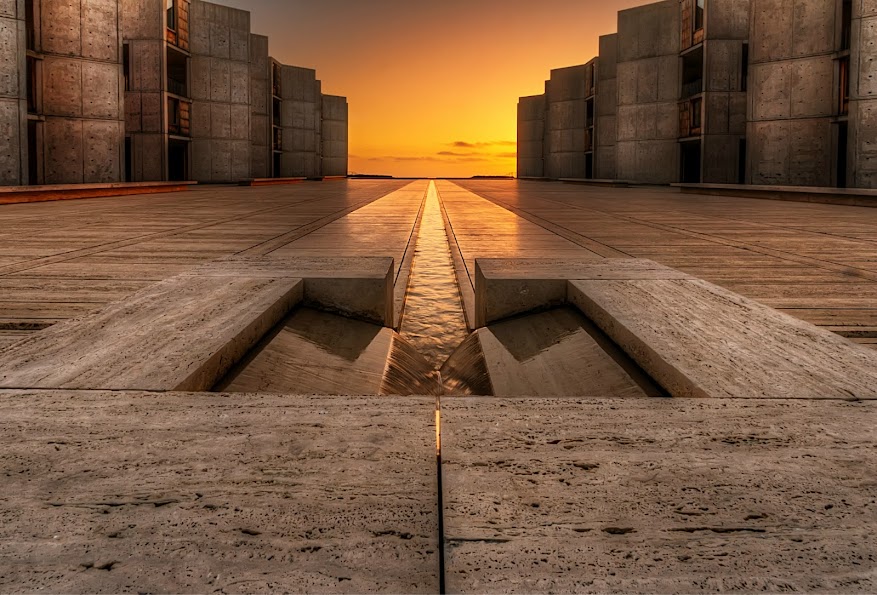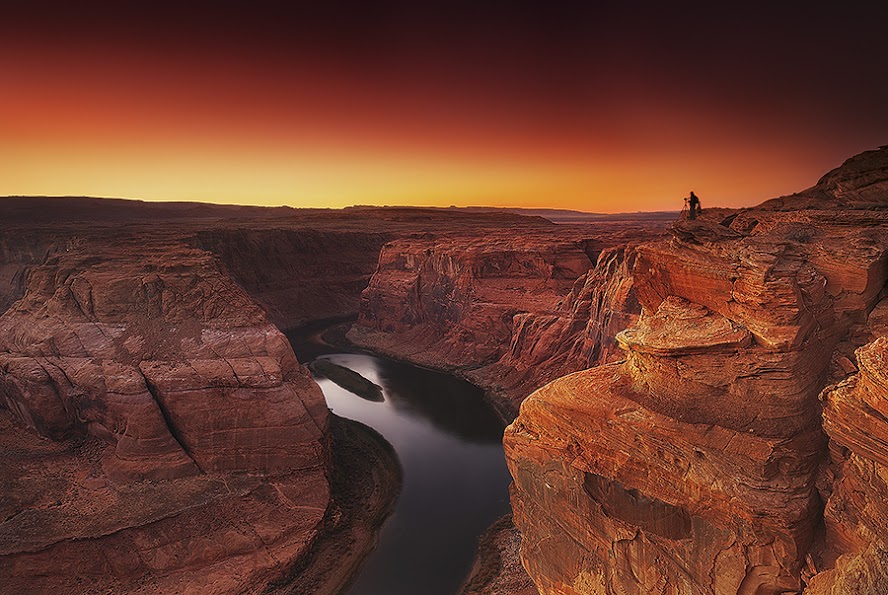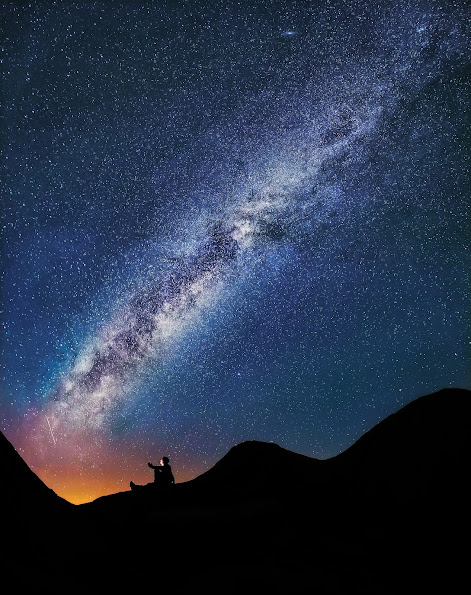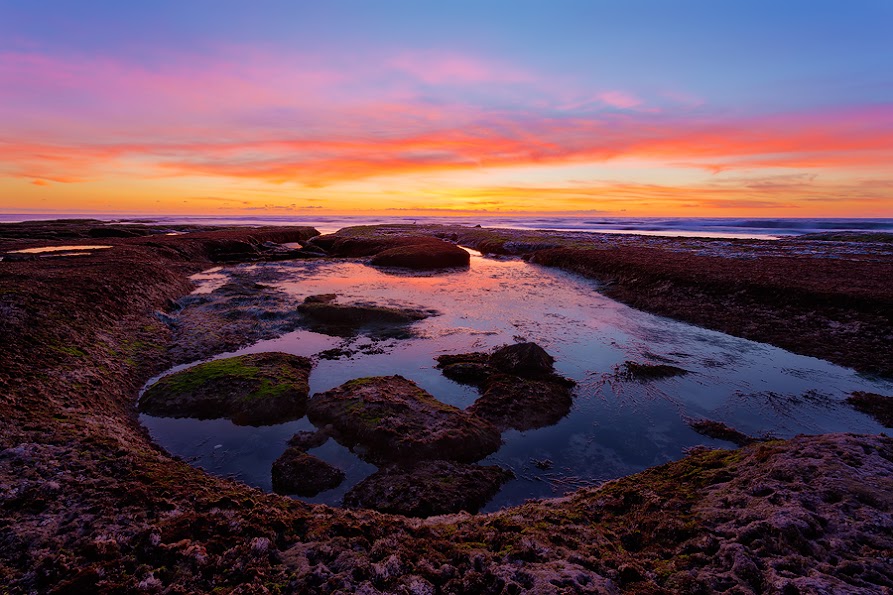Today I have not just one guest but two!
Cindy Amrhein was the historian of the town of Alabama, NY, from 1997 to 2007 and currently serves as the Assistant Historian in Wyoming County, NY.
Ellen Lea Bachorski is the former owner of
The Trading a Post, a shop in Alabama, NY, and is currently a member of the
Batavia International Peace Garden. Together, Cindy and Ellen authored the true crime book
Bread and Butter: the Murders of Polly Frisch, the story of one of the first women in Genesee County to ever go on trial for murder.
Bread and Butter is not your usual whodunnit because, for starters, we already know who the murder is. But don't be fooled: this is a completely different kind of investigation that keeps twisting and twisting because it's a historical investigation. Forget fingerprints and luminol: to get to the bottom of the story Ellen and Cindy spent months digging into historical archives, reading trial transcripts, and looking for news clips (and there weren't that many news clips in the nineteenth century). They had to sort out often contradictory testimony to find out who the real Polly Frisch was.
Intrigued by the idea of conducting a historical investigation, I invited Cindy and Ellen to the blog to tell us about their experience writing
Bread and Butter. Welcome, Cindy and Ellen!
EEG:
I'm curious about your job, Cindy: what does a historian do on a day-to-day base?
CINDY: We get genealogists in on a regular basis, of course. The office of Wyoming County Historian has been in existence since 1946, so we have built quite a collection of family files and other research material. The office has printed a quarterly publication since 1947 called Historical Wyoming, so I do a lot of research and writing for that. My favorite subject is crime, particularly murders, but I've done some articles that were fun to explore like the UFO sightings back in the 1950s and 60s.
Then there are the more unusual tasks: people will bring us in everything from Bibles to silverware they have found in recently purchased homes for us to track to see if we can find descendants for us to pass them along to. We do a lot of work on historic properties in which I get to use my skills as an abstractor to track the land backwards. Since we are part of county government, we also provide information to town or county officials on certain projects.
EEG:
Tell us about Polly: how did you come across her story and how did you have the idea about the book?
CINDY: When we were working on
The Basom Post back in the early 90s, someone asked us, "Why don't you do something on Polly Frisch? She killed her family and they are buried up at Alabama Center." So we went up there and asked the locals what they knew. What we found was a lot of folklore and not many facts, so we dug deeper. We printed one article about her, if I remember, but the more we investigated, the bigger the story got, so we decided the only way to tell the story well was in a book.
ELLEN: During this time I owned and operated a small store in Basom, a hamlet within the Town of Alabama. The small printing business Cindy and I ran was called the Basom Press and our monthly newspaper,
The Basom Post. During this very busy time we both had young children and at first could not fathom how any mother could be capable of murdering her husband and children. As the new information contained in old local newspapers and court documents began to accumulate, we both realized it was way too much for our small newspaper.
EEG:
What I loved about your book is that it's a murder investigation done through historical records, which entails a completely different set of skills than a normal murder investigation. Tell us a bit about the process and what were some of the challenges you had to face.
ELLEN: Although we both enjoyed writing, we also had families, young children; they were our first responsibility. Second was the business, so the book just waited until the time was right to compile it. We focused on the story daily while we continued operating our business and tending to our separate families.
We spent many hours collaborating with each other with new information found in the articles of different papers during the time of her trials. Every new piece of information became our quest. We were determined to uncover the truth. At first we thought perhaps she was innocent. Once all the documents and articles surfaced, reality of her guilt became clear. Once the decision to compile our vast research into a book was made, our most challenging story began.
CINDY: As far as the story itself, the challenge was trying to find records that still existed from the 1850s. Since at the time I was the historian for the town of Alabama (in Genesee County, NY) the Genesee County Clerk allowed me access to some of the older records that aren't out in the regular public area. So I was able to go through and copy inquest files, transcripts, court motions, county receipts, affidavits, minute books, etc. The county should be commended for retaining them. The case was also covered extensively in all the local newspapers as well others out of the area. We had a lot of information to go through, and putting it in chronological order was key.
We also tracked down descendants of Rosalie and Albert Hoag, the two children that lived. We wanted any stories that got passed down through the family. The children had been taken away from Polly by relatives in different states, so they were split up. We know Albert's story that was passed on was that his mother shot them all while he hid under the bed. That was the furthest from the truth. Rosalie was a bit sympathetic to her mother at the trial, being only 7, but 14-year-old Albert had testified against Polly. What he did was basically severed his ties with his sister.
EEG:
Ellen, I hear you do a lot of volunteer work in your community. Can you tell me a bit about that, and what is the Batavia Peace Garden about?
ELLEN: The
Batavia Peace Garden is dedicated to the War of 1812. Batavia, NY played an important role at that time. It is located next to the Holland Land Office Museum and gift shop on Main Street. Commemorating the war of 1812, it is stop number 13 on a 600 mile trail that runs through Canada and the United States. During the war, Batavia became a rallying location when British forces burned most of the homes in Buffalo; many families came to Batavia for shelter and relocation also providing an encampment for American soldiers. Flags from 23 countries fly proudly representing the international connections of peace gardens throughout the world. For more information go to
www.bataviapeace garden.com.
The
Friends of the Batavia Peace Garden is a non-profit organization that maintains and continues to enhance the garden. Fundraising, promoting, and educating is necessary for the growth of the garden. The perpetual care is provided entirely from volunteers and donations. I am proud to be a part of this wonderful and rewarding organization.
I’m also part of
The Batavia Cemetery Association, which is also a non-profit organization. Located on Harvester Avenue in Batavia, NY it is the final resting place for many founding people of the area. William Morgan’s epitaph is also located here. He was the free mason who disappeared due to printing a book about the masons in early 1800's. Cemeteries are an important resource for documenting many types of histories. The upkeep is endless as time and weather continues on. Both these nonprofits have hard working volunteers that I enjoy volunteering with to enhance and promote the rich history of Batavia.
EEG:
Cindy, I know you have more books on the burner: another non-fiction about Native Americans and a fiction book. Tell us a bit about those books and when you think they will be out to the public.
CINDY: The Native American book is called,
The Right of the Soil: An Abstractor's View of Indian Land Title in New York. Although this one is being looked at by a publisher, I'm still not sure if I want to go that route or self-publish. I wrote a weekly column for a Native American newspaper in northern New York State called
The Akwesasne Phoenix Sundays for 2 1/2 years, and in it I wrote a lot on Native American land rights and the theft of their land through shady means. In it I don't just look at treaties like most books on the subject, but the land itself. For example, I did a land title search on the St. Regis Indian Reservation back to 1796, and it took going to three different counties in northern NY to do it. Much of their land was conveyed illegally. Even after the newspaper ceased production I still got phone calls and emails wanting more information. What I decided to do was put all my articles in book form, expanded upon it, and add maps and other images. I hope to have it out in spring of 2015 if I decide to self-publish it.
The mystery is a book I did for NaNoWriMo called
The Milk Carton Murders. I am editing it now but I'm not quite satisfied with the ending. The very ending I like, it's the part right before that needs adjusting. My MC Dave Robertson, a seemingly average guy with an average name, is a reporter for his small town weekly newspaper. When Dave goes to cover a story on the dredging cleanup down at Wiscoy Creek after a storm, three small coffins come loose from the bank—coffins where they are not supposed to be. Pinned to the dress of each skeleton is a clipping off a milk carton of a missing child. Dave recognizes one of the pictures as a foster child that stayed at his house when he was a kid. Only problem is Dave can't remember what happened to her. Then there is this voice in his head that he always thought was normal—who doesn't talk to their self once in a while, right? But as the case progresses and he tags along after Investigator Pepper Black to get his scoop, more and more of his past comes back—along with the needling voice in his head. Add that to Dave suspecting his dad is the killer, and well, average Dave's life just got a hell of a lot more complicated.

I would like
The Milk Carton Murders out sometime next year, but it depends how confident I feel about it being good enough for public consumption. Writing fiction is a heck of a lot different than writing the non-fiction I am used to. History is a lot of telling and facts. I try to make historical accounts interesting and write it like I'm sitting down and telling someone a story. Fiction is much different than that—show, don't tell. I found creating a world where people did what I wanted quite freeing, if that’s the right word. I think the plot is great, but it will need a few beta reviews and reworks until I feel it is crafted on a level I'm satisfied with before it’s put before the public for purchase. I do post 8 sentence snippets on Sundays
on my blog if any of your readers want to check this story out.
EEG:
Well, you already have at least one beta reader who can't wait to put her hands on the book! :-)
Thank you so much Ellen and Cindy for stopping by the blog today.
You can find
Ellen on Facebook and Cindy on
Facebook,
Blogger, and
Twitter.
Bread and Butter: the Murders of Polly Frisch is available on
Amazon,
B&N,
Kobo, and
iBooks.
Ellen (left) and Cindy (right)





















